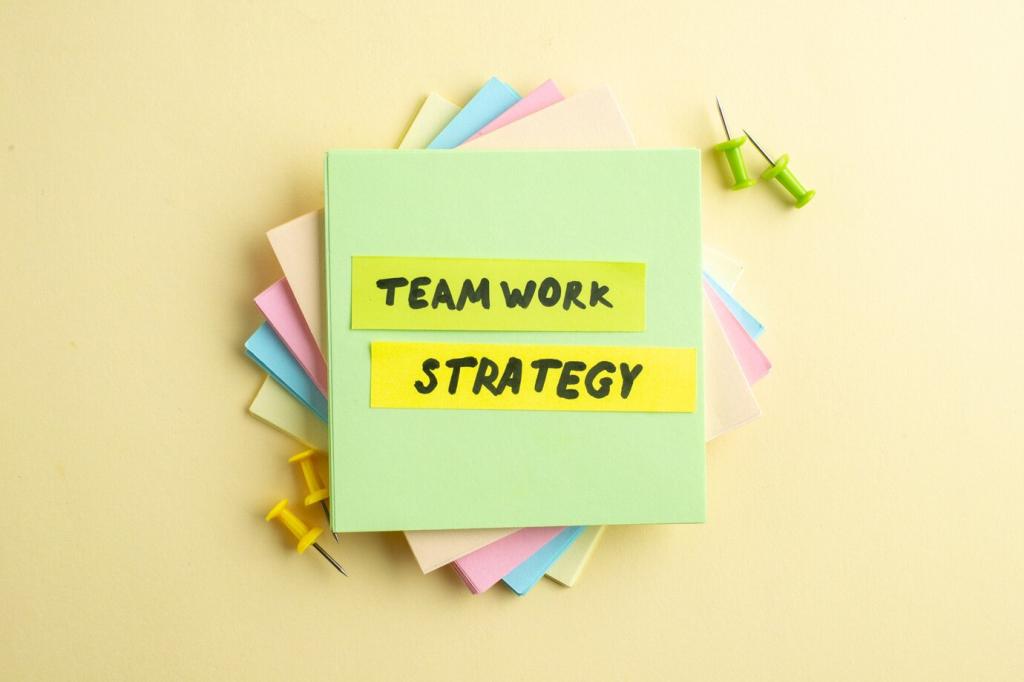Stories of Lift-Off: Three Brief Journeys
Jules shadowed her mentor’s roadmap reviews, then ran a pilot for a small feature with explicit success metrics. Within three months, that feature improved activation, giving her a credible promotion packet and a PM title.
Stories of Lift-Off: Three Brief Journeys
A mentor coached Ravi to host lightweight design kickoffs and write crisp decision records. Those artifacts showcased leadership beyond code, making his impact obvious to directors who selected him to lead a high-visibility initiative.
Stories of Lift-Off: Three Brief Journeys
Marta’s mentor helped her identify transferable strengths and script confident narratives for gaps. By volunteering on a cross-functional task force, she rebuilt recent experience and landed a role where her maturity was a decisive advantage.








